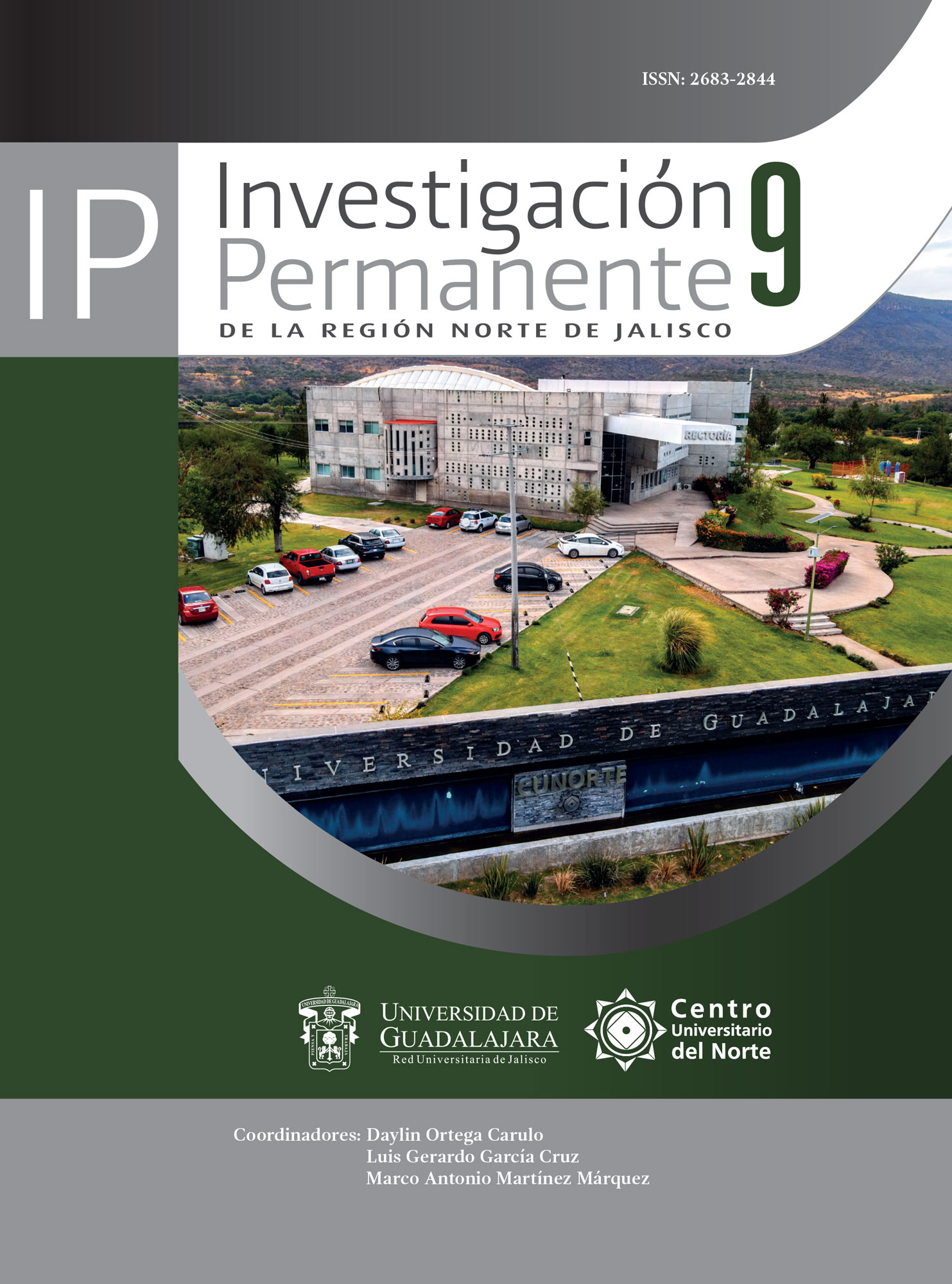Abstract
Mexico has a great diversity of edaphoclimatic conditions that allows it to cultivate 264 plant species; The state of Zacatecas has stood out in agricultural production at the national level, occupying first place in bean production, second place in industrial grapes and table grapes, lettuce, green tomatoes and third place in guava, onion, green chili, corn fodder and fodder oats. However, there is no information related to the competitiveness and socioeconomic importance of the different productive chains that allow us to understand their evolution over time and their contribution to the economic growth of the state. The hierarchization of the productive chains was carried out taking as reference the methodology proposed by the International Service for National Agricultural Research (ISNAR), starting from the analysis of the dimensions of competitiveness and socioeconomic importance. For this, the 25 main agricultural chains in Zacatecas were selected. Subsequently, the following criteria were determined: size, dynamism, specialization, productivity, sustainability and commercial performance in the period 2010-2018. The results placed the cultivation of green chili, grain oats, grain corn and forage cactus in axis I of high strategic priority, in axis II of promotion of grain barley, agave and vegetable cactus crops, in axis III of sustainability peach, red and green tomato, grape, prickly pear, lettuce, forage barley, onion, carrot, among others, and in axis IV of maintenance forage oats, alfalfa, beans, guava and apple. These results can be a reference for decision-making in public policy programs aimed at promoting specific sectors of the population, but they must also be considered to implement research projects with social relevance, leaving proposals for viable solutions for the problems addressed. faces each of the productive chains.
References
Baldivia, A. S., & Ibarra, G. R. (2017). La disponibilidad de alimentos en México: Un análisis de la producción agrícola de 35 años y su proyección para 2050. Papeles de Población, 23(93), 207–230.
Rincón, F., Echavarría, F., Rumayor, A. F., Mena, J., Bravo, A.G., Acosta, E., Gallo, J. L., Salinas, H. (2004). Cadenas de Sistemas Agroalimentarios de chile seco, durazno y frijol en el Estado de Zacatecas: Una Aplicación de la Metodología ISNAR (Publicación Especial 14).
Sánchez Toledano, B., Zegbe Domínguez, J., Rumayor Rodríguez, A., & Moctezuma López, G. (2013). Estructura económica competitiva del sector agropecuario de Zacatecas: un análisis por agrocadenas. Revista Mexicana de Agronegocios, 552-563.
Secretaria de Agricultura y Desarrollo Rural, S. (Noviembre de 2020). Zacatecas: un campo lleno de producción. Obtenido de Zacatecas: un campo lleno de producción: https://www.gob.mx/agricultura/articulos/zacatecas-un-campo-lleno-de-produccion?idiom=es
Servicio de Información Agroalimentaria y Pesquera. (Marzo de 2021). Servicio de Información Agroalimentaria y Pesquera. Obtenido de https://nube.siap.gob.mx/avance_agricola/

